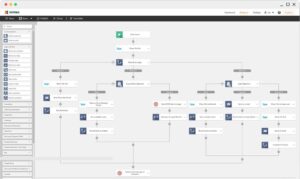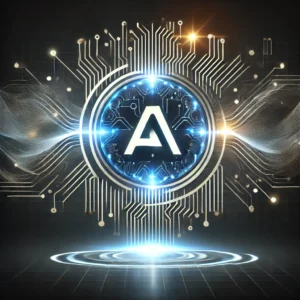
How AI and Solar Work Together to Enhance the Power Generating Experience
We are rapidly transitioning toward cleaner and more sustainable energy solutions, and solar power is at the forefront of this revolution. Yet, even as solar technology continues to evolve, its integration with artificial intelligence (AI) is taking the power generation experience to an entirely new level. By combining the strengths of AI with the limitless potential of solar energy, businesses, homeowners, and utility providers can maximize efficiency, lower costs, and contribute to a more sustainable future. Here’s how AI and solar work hand in hand to enhance the power-generating experience:

1. Smart Solar Panel Monitoring and Maintenance
AI-powered monitoring systems are revolutionizing how solar panels are managed. Traditionally, detecting issues like dirt, shading, or malfunctioning components required manual inspections. AI changes the game by:
- Real-Time Diagnostics: Sensors on solar panels feed data to AI algorithms that detect anomalies, such as reduced energy output or faulty cells, in real-time.
- Predictive Maintenance: AI can forecast when maintenance is needed by analyzing performance trends, preventing costly downtimes and extending the lifespan of solar panels.
- Automated Reporting: Homeowners and businesses receive actionable insights via apps or dashboards, empowering them to address issues before they escalate.
2. Optimized Energy Production with AI Algorithms
One of the key challenges of solar energy is variability—production depends on factors like weather, time of day, and panel orientation. AI addresses this by:
- Weather Forecasting: AI analyzes weather patterns to predict solar energy generation. For example, machine learning models can anticipate cloudy conditions and adjust energy storage or grid usage accordingly.
- Panel Optimization: AI-powered systems adjust panel angles or positions dynamically to capture maximum sunlight throughout the day.
- Load Balancing: AI ensures that generated solar power is distributed efficiently, whether to the grid, batteries, or direct consumption.
3. Intelligent Energy Storage Solutions
Energy storage is critical for making solar power available during non-sunny periods. AI improves the efficiency of energy storage systems by:
- Battery Management: AI monitors battery health, charging cycles, and energy levels to optimize performance and extend battery life.
- Demand Prediction: Machine learning models predict energy consumption patterns and determine the best times to charge or discharge batteries, ensuring energy is always available when needed.
- Peak Shaving: AI systems can discharge stored energy during peak demand periods to reduce reliance on the grid and lower electricity costs.
4. Enhanced Grid Integration
As more homes and businesses adopt solar power, integrating this decentralized energy source into existing power grids presents challenges. AI plays a vital role in:
- Demand-Response Management: AI helps balance the supply and demand of electricity by adjusting grid inputs based on solar energy production.
- Fault Detection: AI can quickly identify and resolve issues within the grid, ensuring seamless energy distribution.
- Virtual Power Plants (VPPs): AI enables the creation of VPPs, where distributed solar systems work together to act as a unified power source, contributing energy back to the grid efficiently.

5. AI-Powered Solar Design and Installation
Planning and installing a solar energy system can be complex, but AI simplifies this process by:
- Site Analysis: AI tools use satellite imagery and geographic data to determine the best locations for solar installations.
- System Sizing: AI recommends the optimal size and configuration of solar panels and storage systems based on energy usage patterns and environmental factors.
- Cost Estimation: AI provides accurate cost estimates and ROI calculations, helping homeowners and businesses make informed decisions.
6. Improved Sustainability and Environmental Impact
AI doesn’t just enhance solar performance—it also contributes to broader sustainability goals by:
- Reducing Waste: AI helps minimize overproduction and underutilization of energy, reducing overall waste.
- Carbon Footprint Analysis: AI-powered tools measure and track the carbon savings of solar systems, providing transparency into their environmental benefits.
- Circular Economy: AI can identify end-of-life solar panels for recycling or refurbishment, ensuring sustainable lifecycle management.
7. Personalized User Experience
AI makes solar energy systems more user-friendly by providing personalized experiences:
- Custom Energy Insights: AI-powered apps show users how much energy they’re generating, consuming, and saving in real-time.
- Energy Usage Recommendations: AI suggests behavior changes or upgrades to enhance energy efficiency, such as using high-consumption appliances during peak sunlight hours.
- Voice Integration: Smart assistants like Alexa or Google Assistant can integrate with solar systems, allowing users to control energy settings via voice commands.

Share this content:



















Post Comment